Discover 5 hidden attractions, cool sights, and unusual things to do in Sant Feliu de Guíxols (Spain). Don't miss out on these must-see attractions: The Maritime Rescue Museum, Parc d'atraccions Giravolt, and Monestir de Sant Feliu de Guíxols. Also, be sure to include Carmen Thyssen Space in your itinerary.
Below, you can find the list of the most amazing places you should visit in Sant Feliu de Guíxols (Catalonia).
Table of Contents
The Maritime Rescue Museum
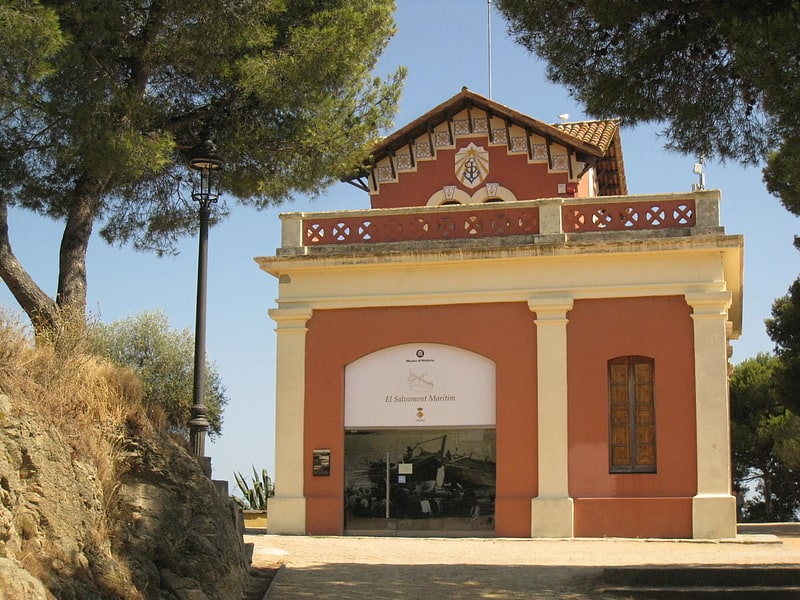
Also known as: Museo del Salvamento Marítimo
Museum. The Maritime Rescue Museum is an old rescue shipwreck station located in the port of Sant Feliu de Guíxols, in the Baix Empordà region of Spain. It was built in the 19th century and it is protected as a Bé Cultural d'Interès Local, a cultural asset of local interest.
As of 2017, it is a branch of the Museum of History of Sant Feliu de Guíxols, dedicated to marine rescue.[1]
Parc d'atraccions Giravolt
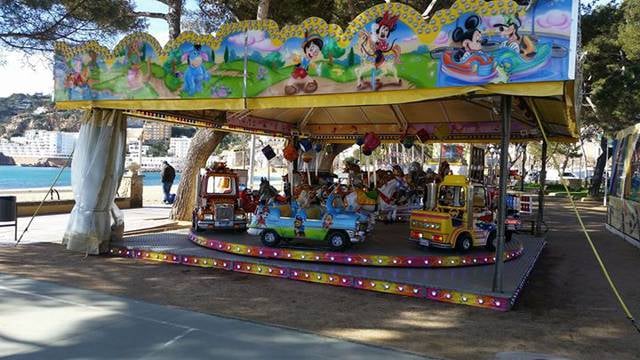
Amusement, Theme park, Amusement park
Address: Jardins Juli Garreta, 17220 Sant Feliu de Guíxols
Monestir de Sant Feliu de Guíxols
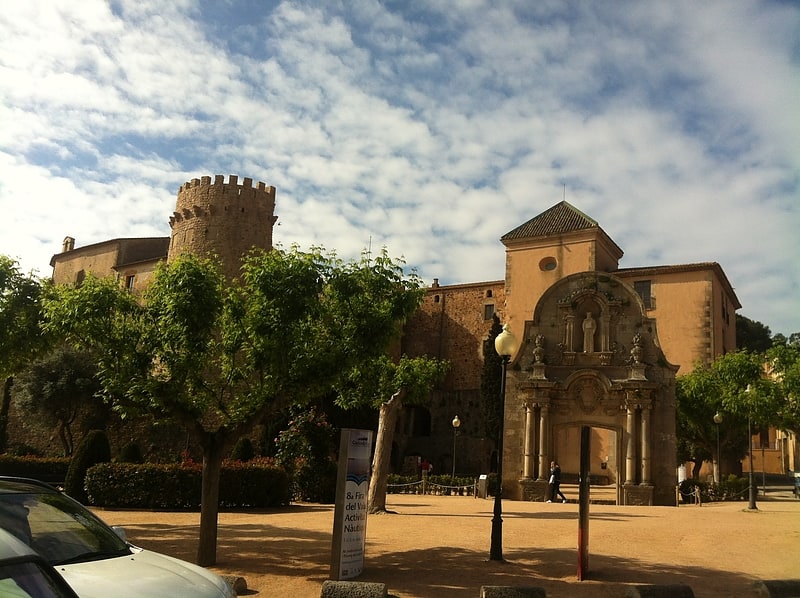
Also known as: Monasterio de San Felíu de Guixols
Monastery. Monestir de Sant Feliu de Guíxols is a Benedictine monastery in Sant Feliu de Guíxols, in the comarca of the Baix Empordà in Catalonia, Spain. It was first referenced around the year 961, and was declared a Bien de Interés Cultural landmark in 1931.
The Romanesque building is an excellent example of the town's medieval architecture and has been remodeled several times. It includes the Porta Ferrada, the symbol of the town, as well as two towers. It houses a history museum.
On the basis of available records, the foundation of the Benedictine monastery can be traced back to the first half of the 10th century. The bay of Guixols was chosen due to its good natural harbour and the proximity to the coast of the nearby range of hills, which would make it easier to flee and would give a certain degree of protection in cases of attack from the sea. The decision was no doubt also influenced by the martyrdom of Saint Felix of Africa and the opportunity to take advantage of existing buildings dating from the Roman period.
The monastery's role was to control the agricultural exploitation and production of the surrounding region, and also to provide protection to its inhabitants in return. It was thus a fortified coastal monastery exercising its feudal dominion over the territory. At its foundation, the monastery was dedicated to Saint Felix and the name of Sant Feliu (in its Catalan form) was thereafter forever associated with that of Guíxols, thus giving the present-day name of the town (used from the 10th century onwards).[2]
Address: Carrer de l'Horta, 14, Sant Feliu de Guíxols
Carmen Thyssen Space
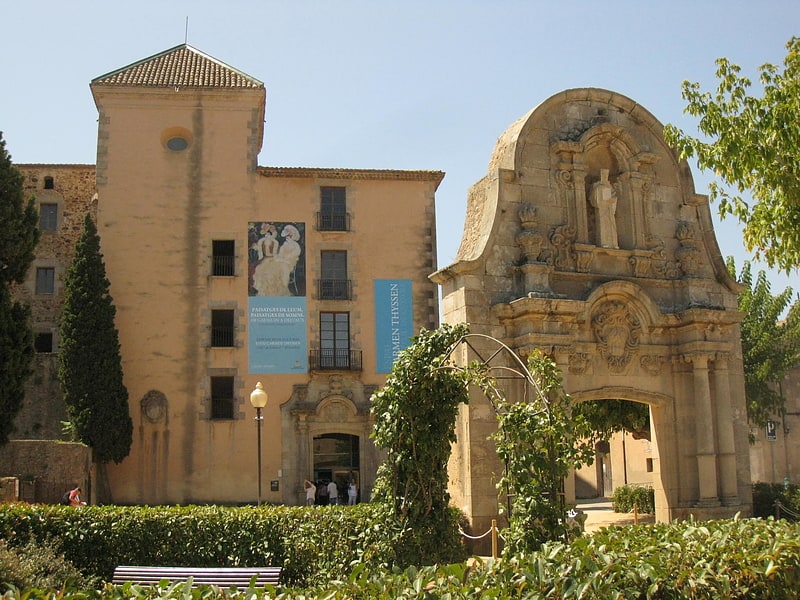
Also known as: Espacio Carmen Thyssen
Art gallery in Spain. The Carmen Thyssen Space is an art gallery in the municipality of Sant Feliu de Guíxols, in the Baix Empordà region. containing works from the Carmen Thyssen Collection. Her commitment to promoting culture lends special relevance to the family activities that accompany the artwork on display.
The center is housed in the Palau de l'Abat (The Abbot's Palace), a former Benedictine monastery.[3]
Address: Plaça del Monestir, s/n, 17220 Sant Feliu de Guíxols
Sant Feliu de Guíxols History Museum
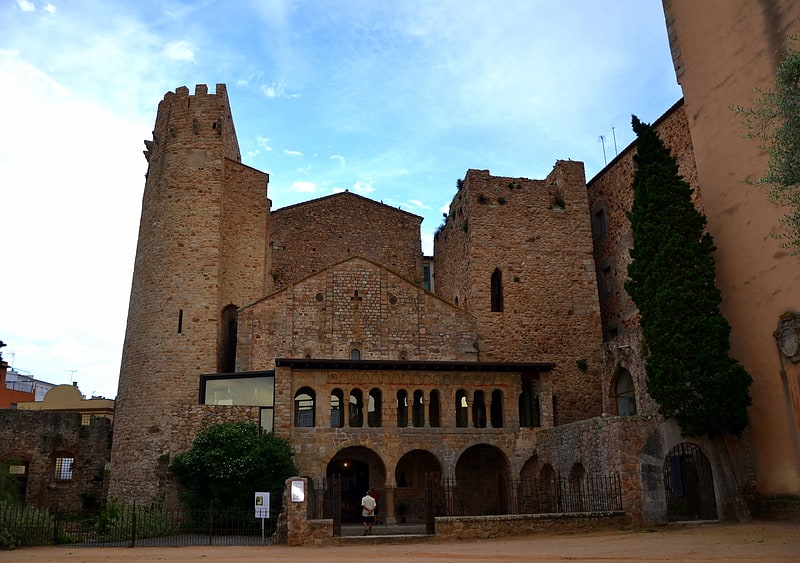
Also known as: Museo de Historia de Sant Feliu de Guíxols
The Sant Feliu de Guíxols History Museum is located on the ground floor and in other plants of the Monestir de Sant Feliu de Guíxols, in the village of Sant Feliu de Guíxols, in the Baix Empordà region.
It is part of the Network of Museums of the Costa Brava, the Network of Maritime Museums of the Catalan Coast and the Territorial Network of Museums of the Counties of Girona.
It's important to stand out its permanent collection of Maritime Salvage, which has its own space in an independent building on the other side of the Passeig del Fortim, the permanent exhibition of the legacy of the painter Josep Albertí, the permanent dedicated to the cork industry and the first millennium archaeological collection. The Museum started with the archaeological findings dated in 1903, in the Iberian settlement of the Guíxols. It is considered that in 1919 it was the year of the constitution of the Museum, but it was consolidated in 1920 as a result of the donation of Dr. Ignasi Melé of archaeological objects. In 1914 the first exhibition of the material was organized in the annexed room of the School of Arts and Crafts of the Monastery and, in the following years, it received small donations that expanded its purely archaeological collections to receive artistic, traditional and labor pieces. The museum resisted the Civil War without there being any mention and it was not until 1951 that it began to dynamise with a relocation within the Monastery. From this moment on, a period of sustained growth begins, with renovations, restorations and gaining space with the transfer of annexed premises, the incorporation of new collections and the decentralization of the collection to the case of The Maritime Rescue Museum, which allows the Museum to grow up to the present.[4]